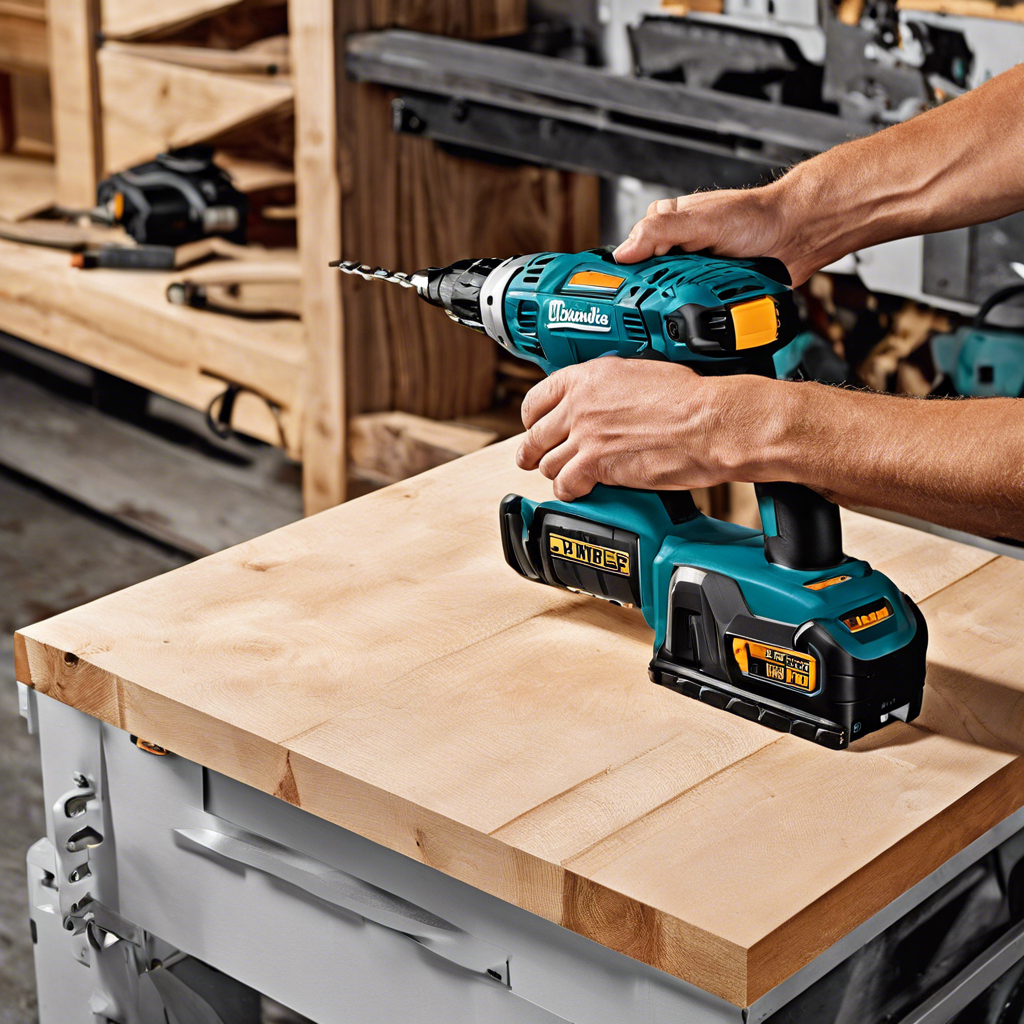The world of power tools can be daunting for beginners, with its seemingly endless array of gadgets and gizmos, each promising to make your life easier. But fear not! With the right guidance, you can navigate this world with confidence and soon be wielding these tools like a pro. Power tools are a worthwhile investment for any DIY enthusiast or aspiring tradesperson. They make tasks quicker, easier, and often produce more precise results than manual labor.
So, where to begin? Firstly, assess your needs. Consider the scope of projects you plan to tackle. Are you looking to renovate your entire home, build furniture from scratch, or simply hang the odd picture frame? Understanding the requirements of your projects will help you determine the necessary tools. A drill is a staple in any power tool collection and will likely be your most used. From hanging curtains to assembling furniture, a drill is versatile and efficient. You’ll also want a variety of drill bits to accommodate different screw sizes and materials.
Next, you should consider acquiring a power saw. While a hand saw is useful, a power saw offers speed and precision. There are numerous types available, from circular saws for cutting wood, to jigsaws that can handle a variety of materials and are ideal for curved cuts. If you’re planning on taking on larger projects, a reciprocating saw is a must-have. These powerful tools can cut through just about anything.
Another essential is the humble sander. Whether you’re refinishing an old piece of furniture or preparing walls for painting, a sander will save you time and elbow grease. Go for a random orbital sander, as it can handle a variety of sanding tasks and is easy to control. For woodworking, a router is invaluable. It allows you to create decorative edges, grooves, and joints with precision.
It’s important to prioritize safety when using power tools. Always wear protective gear, including goggles, ear protection, and gloves. Educate yourself on how to use each tool properly and follow all manufacturer instructions.
Power tools can be purchased from hardware stores and online retailers. It’s worth investing in well-known brands, as they often offer better performance and durability. Look out for sales and bundles, as you can often get a good deal on a set of tools. Lastly, don’t forget to budget for tool accessories and consumables, such as sandpaper and drill bits, which are just as essential to getting your projects done right.
Now that you’ve got a handle on the basics, you’re well on your way to becoming a power tool pro. Happy crafting!
